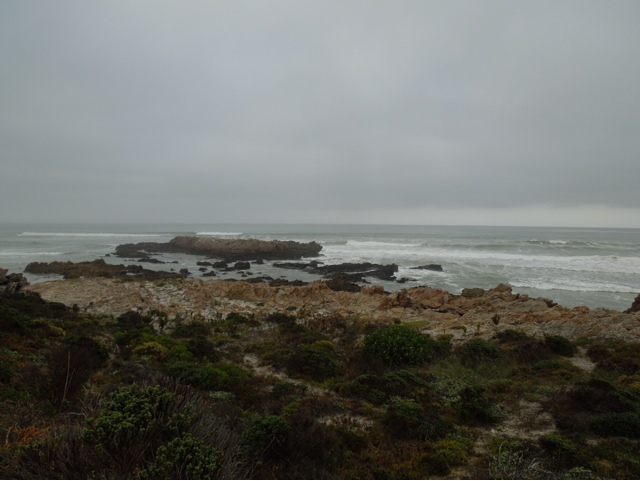Eight diverse communities make of Greater Hermanus. Originally separated by geography, and more recently by the former apartheid government's policies, these communities were amalgamated in 1994. In the early 1800's, Hermanus Pieters, shepherd and teacher at the Caledon farm Boontjieskrall, followed the Elephant Path down to the sea and discovered a fresh spring where he knew he could camp for a few months with his livestock in an environment of exceptional beauty. Slowly, the secret of "good summer grazing and frest water" spread to the surrounding farming districts. Long-term settlement came about due to the abundance of fish and the establishment of a profitable market.
News of the villages's beauty , healing air, and excellent fishing spread far and wide. It bcame fashionable to prescribe a visit to the "champagne air" of Hermanus for convalescents. One of the many interesting characters that visited here in the early days was Sir William Hoy, general manager of the South African Railways. He was so adamant that the natural beauty of Hermanus remain untouched that he blocked all efforts to connect the town to the existing Bot River railway system.
Hundreds of years ago, an abundance of whales swarm the waters of the Cape. Jan van Riebeeck wrote in 1652: "I noticed many whales in the bay, and especially this month they were so near the ship that one cold easily jump onto them from the yacht."During the 1800s whaling was such a huge industry that the southern right whale population in South African waters was devastated. By the time commercial whaling was stopped in 1940 there were just 10-30 adult females left. There are an estimated 4,000 - 6,000 southern right whales at present, with a large percentage visiting the South African coast annually. They can be distinguished by their V-shaped blow and the callosities that appear on and around their heads; these are not baarnacies but tough skin which form distinctive patterns on each individual.
Plettenberg Bay is south Africa's premier beach resort, as the empty houses on Beachy Head Road (known as Millionaires' Mile) during the 11 months when it's not high season will attest. But in December inland visitors with all their teenage offspring arrive en masse. Plett, as is commonly known, is one of the best places in the world to watch whales and dolphins.



 The mountains in the backgroud were exquisite
The mountains in the backgroud were exquisite 





















No comments:
Post a Comment